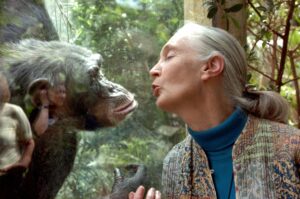Renowned Primatologist Jane Goodall Dead At 91
The Jane Goodall Institute said Goodall passed away “due to natural causes.”
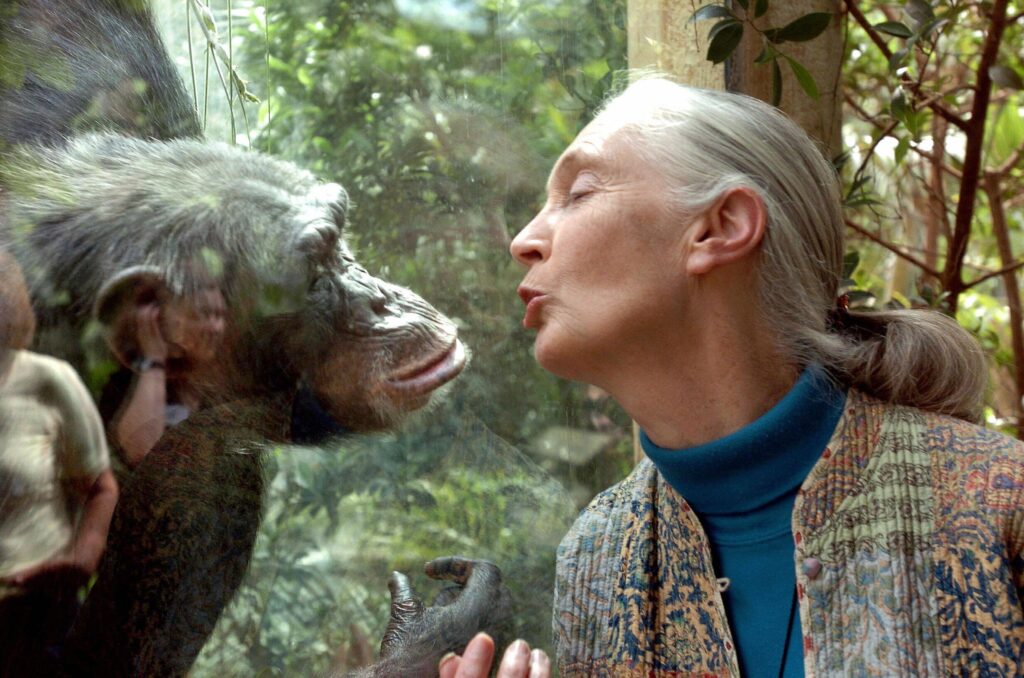
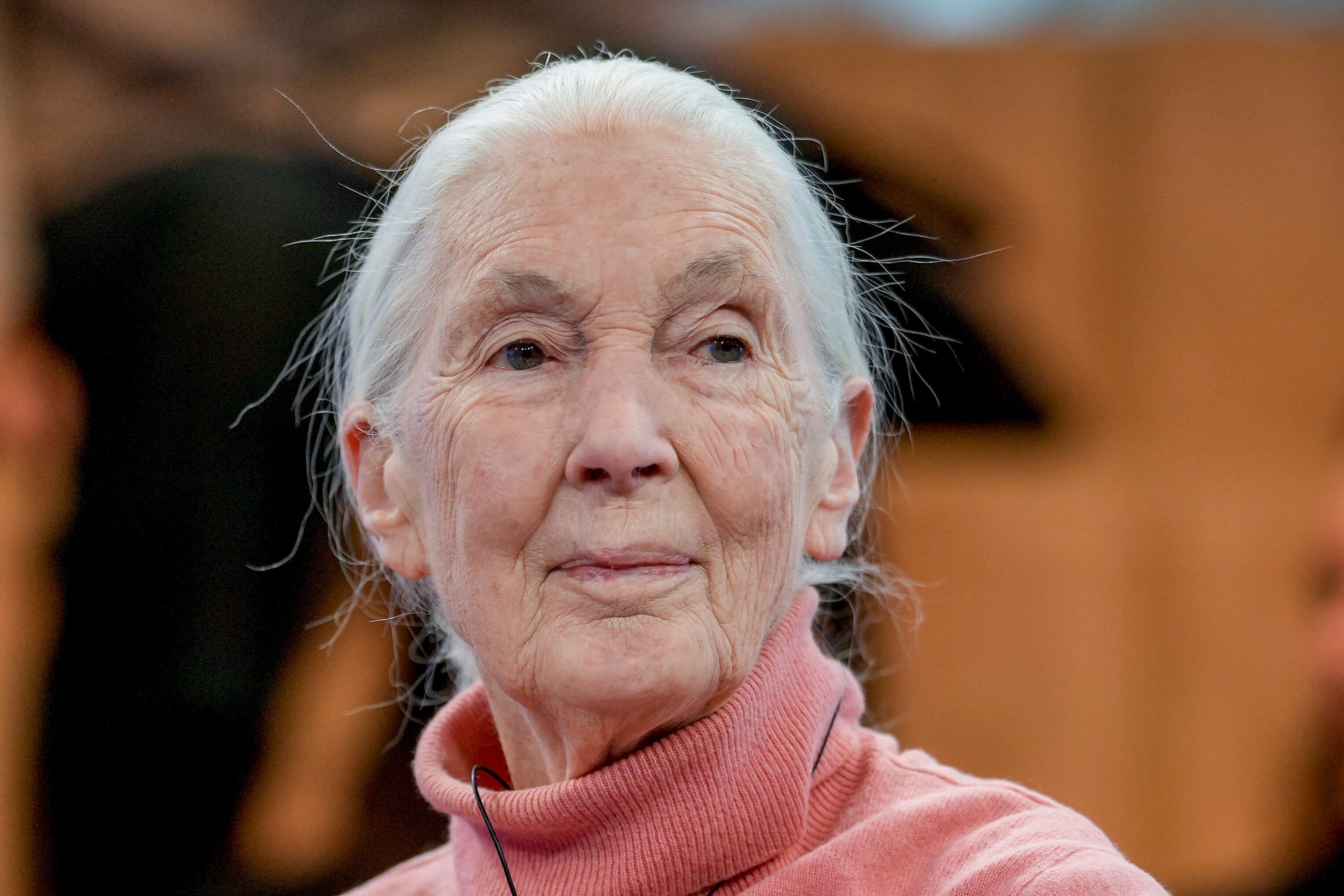
Jane Goodall, the world’s most famous primatologist, died Wednesday at the age of 91, the Jane Goodall Institute announced on social media.
According to the Institute, Goodall passed away “due to natural causes” while in California as part of a speaking tour of the United States.
“Dr. Goodall’s discoveries as an ethologist revolutionized science, and she was a tireless advocate for the protection and restoration of our natural world,” the Institute said in a statement.
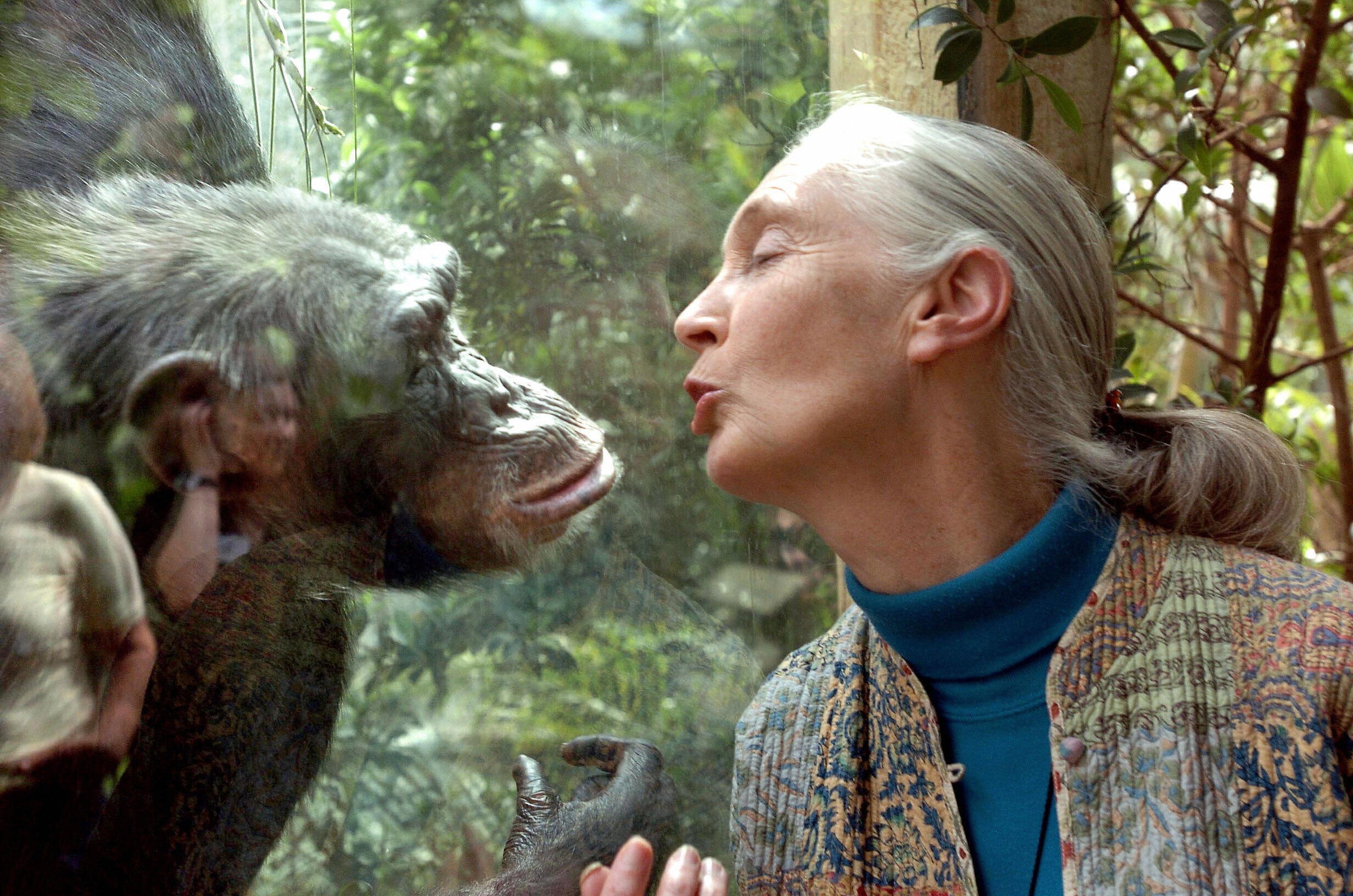
In the spring of 1957, Goodall, then a 22-year-old secretary with only a high school education, boarded a ship from her native England to Kenya. Her work at a local natural history museum soon took her to the rainforest reserve at Gombe National Park (in present-day Tanzania), home to one of the largest chimpanzee populations in Africa.
She felt an immediate connection to the chimpanzees. Over the decades that followed, she spent almost all her time in the reserve ― conducting research that reshaped our understanding of chimpanzees and even what it means to be human.
Goodall was born on April 3, 1934, in London, to businessman Mortimer Herbert Morris-Goodall and novelist Margaret Myfanwe Joseph. She grew up in the middle-class resort town of Bournemouth, on the southern coast of England. In grade school, she started reading Edgar Rice Burroughs’ Tarzan novels and Hugh Lofting’s “The Story of Doctor Dolittle” and became obsessed with the idea of traveling to Africa.
Goodall’s parents couldn’t afford to send her to college, so after she graduated from high school, she worked as a secretary for two years to save money for the three-week passage to Africa. Two months after arriving, she met renowned paleontologist Louis Leakey, whose work had shown that hominids originated in Africa, rather than Asia. Leakey recognized Goodall’s intelligence and hired her at the natural history museum in Nairobi, where he worked, intending to send her to the rainforest to study chimpanzees.
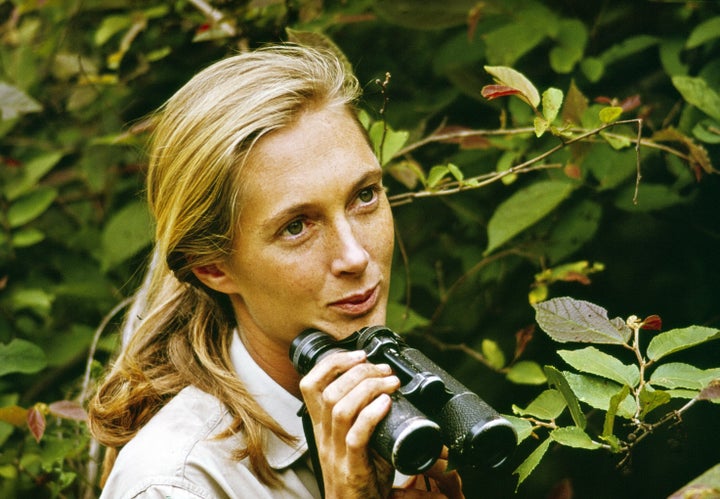
For the first few months of her stay in Gombe, the chimpanzees were cautious, refusing to come within several hundred feet of the young woman. But Goodall persisted, using bananas as a lure for the chimpanzees, and they eventually became comfortable enough to allow her to observe them at close range.
Goodall began giving them individual names — highly unorthodox in a field where the standard practice was to assign animals identifying numbers. And as she got closer to the chimpanzees, she discovered that they behaved in a manner that resembled the rich, complicated social structure of humans far more than anyone had suspected. She came to the belief that they could be caring and violent, resourceful and playful — much like human beings.
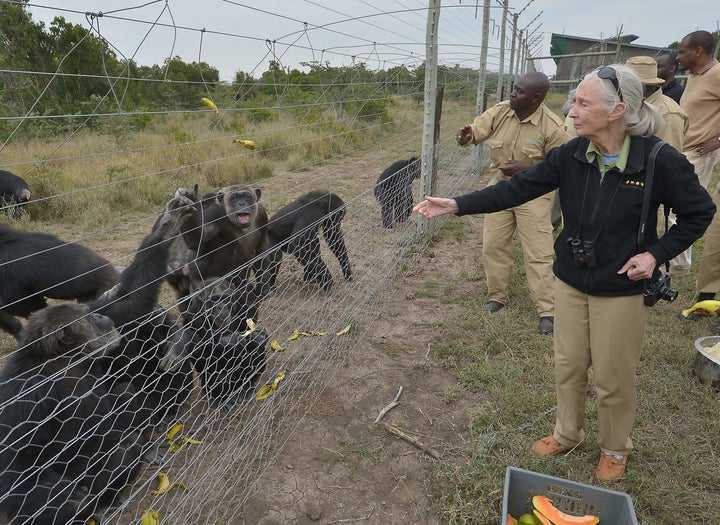
Goodall made what is still regarded as her most significant discovery about chimpanzee behavior in October 1960. Looking through her binoculars, she saw a male chimpanzee she’d named David Greybeard sticking a twig into a termite colony and using it to retrieve termites that he then ate. Before this moment, scientists had always believed that humans were the only creatures on earth capable of making and using tools.
It hadn’t, in fact, been known that chimpanzees ate meat. Goodall later observed chimpanzees hunting and eating mammals, including other monkeys and even, on rare occasions, other chimpanzees.
In 1962, Goodall enrolled in a Ph.D. program at Cambridge University, becoming one of just a handful of people ever to do so without an undergraduate degree. While there, she published her breakthrough finding on the tool-using chimpanzee in the prestigious scientific journal Nature.
After getting her degree in 1965, Goodall returned to Gombe to continue her work with chimpanzees. She published her first book, “My Friends the Wild Chimpanzees,” in 1967. She has since published more than a dozen other books for adults and several for children. One of these books, 2013’s “Seeds of Hope,” was criticized for including passages lifted from several other sources without attribution, a misstep Goodall attributed to sloppy note-taking. She later published a revised edition.
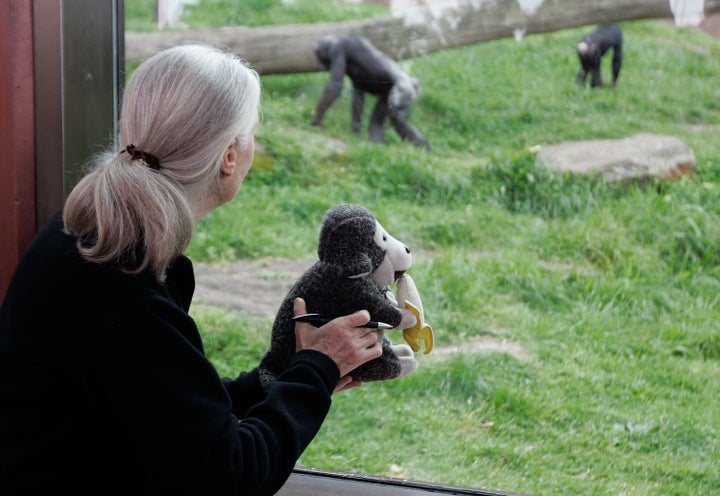
In 1977, Goodall established the Jane Goodall Institute to promote conservation and development programs in Africa. It now has projects across the world, including youth-focused programs in nearly 100 countries.
As Goodall’s fame grew, she became an outspoken advocate for animal rights and conservation. She has been involved in numerous organizations working on behalf of better treatment of animals.
“You cannot share your life with a dog, as I had done in Bournemouth, or a cat, and not know perfectly well that animals have personalities and minds and feelings,” she told The Guardian in 2010. “You know it and I think every single one of those scientists knew it too, but because they couldn’t prove it, they wouldn’t talk about it.”
In a 2021 interview with HuffPost, she reflected on humanity’s stewardship of the world and expressed hope we might lean more on our intellect to work toward the mutually beneficial goal of environmental preservation.
That intellect is ultimately what distinguishes us from chimpanzees, she said, and allows us to collaboratively plan for the future:
Chimpanzees have a very brutal, dark, war-like side. They also have a loving and altruistic side. Just like us. But the big difference is the explosive development of our intellect, which I personally think was at least partly triggered by the fact we developed this way of talking with words. So we can tell people about things that aren’t present. We can make plans for the distant future. We can bring people from different disciplines together to discuss a problem. That’s because of words. We now have developed a moral code with our words. And we know perfectly well what we should and shouldn’t do.
But there is this kind of innate territorialism, which leads to nationalism. That’s in our genes. But we should be able to get out of it because of this intellect. We have the tools. We have the language. We have the scientific technology. We understand that if we make the right decisions every day and billions of us do it, we can move in the right direction. But will we do it in time? I don’t know.
Goodall married Dutch nature photographer Baron Hugo van Lawick in 1964. The two had a son, Hugo, in 1967, and divorced in 1974. She married Derek Bryceson, head of Tanzania’s national parks, in 1975. He died of cancer in 1980.
Sara Bondioli contributed reporting.




